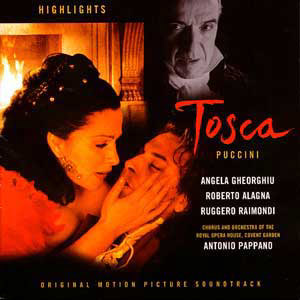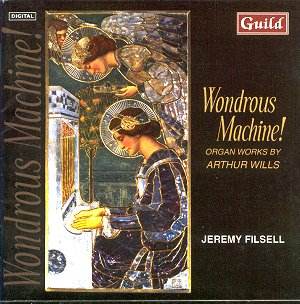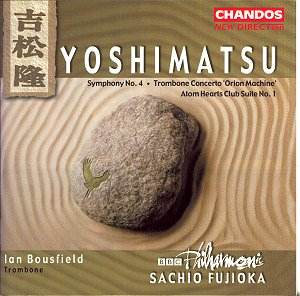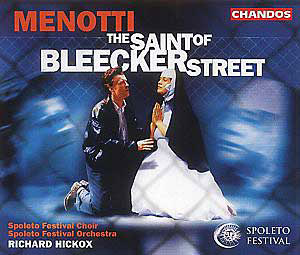 Composer: Giacomo Puccini
Composer: Giacomo Puccini
Works: Tosca (highlights)
Performers: Angela Gheorghiu (soprano), Roberto Alagna (tenor), Ruggero Raimondi (baritone), Tiffin Boys Choir, Chorus and Orchestra of the Royal Opera House, Covent Garden, London
Recording: Cond. Antonio Pappano. Recorded August 2000, No. 1 Studio, Abbey Road, London
Label: EMI
Giacomo Puccini’s “Tosca,” first premiered in 1900, remains a cornerstone of the operatic repertoire, celebrated for its lush melodies and dramatic narrative. Set against the backdrop of political turmoil in Rome, the opera is not merely a tale of love and betrayal but a vivid tableau of human emotion, rendered through Puccini’s masterful orchestration and character development. This highlights recording, drawn from the soundtrack of the Euripide Production film, offers a curated distillation of Puccini’s genius, featuring standout contributions from Angela Gheorghiu, Roberto Alagna, and Ruggero Raimondi, under the baton of Antonio Pappano.
Alagna’s portrayal of Cavaradossi is particularly noteworthy, characterized by a balanced interpretation that deftly navigates the demands of the role. His open-throated singing in the harrowing torture scene showcases both technical prowess and emotional depth, while his delivery of “E lucevan le stelle” reveals a lyrical sensibility that is both poignant and introspective. Although some moments reveal a hint of nasality, these are eclipsed by his overall command of the role. Alagna’s performance stands as a marked improvement over the interpretations by previous tenors, such as di Stefano, particularly when considering the context of his partnership with Gheorghiu. Their shared musicality infuses the love duet with palpable chemistry and warmth, enhancing the dramatic stakes of the narrative.
Gheorghiu, in her interpretation of Tosca, exhibits a vocal maturity that commands attention throughout the highlights. Her rendition of “Vissi d’arte” is particularly striking, as she employs dynamic shading and a rich timbre to convey the character’s despair and moral fortitude. The growth in her voice is evident, showcasing a formidable chest register that adds dramatic weight to her performance. This interpretation not only positions her as a successor to the legendary Maria Callas but also suggests a nuanced understanding of the character’s complexities. While the specter of Callas looms large over any discussion of Tosca, Gheorghiu’s performance here is compelling enough to suggest that it could redefine expectations for future renditions.
Raimondi’s Scarpia, while effective in its dramatic presentation, lacks the vocal menace and psychological depth that characterize the portrayals of legends like Gobbi. His interpretation, though engaging, does not quite capture the sinister allure that is integral to Scarpia’s character. The comparison to Gobbi’s interpretation highlights a missed opportunity for a more profound exploration of Scarpia’s Machiavellian nature. Pappano’s direction, however, is exemplary, drawing vibrant colors from the Orchestra and Chorus of the Royal Opera House. The engineering captures a wide dynamic range, although the introduction to the Te Deum feels slightly less impactful compared to Karajan’s famed interpretation.
This highlights collection delivers both quality and quantity, presenting a compelling case for its place among the pantheon of Tosca recordings. While it may not entirely eclipse the revered Callas/de Sabata or Karajan interpretations, it offers a fresh and engaging perspective on Puccini’s opera. Alagna and Gheorghiu’s performances are particularly noteworthy, bringing a vitality and emotional resonance that is hard to overlook. The sonic clarity and richness of the recording further enhance the experience, making it a highly recommended addition to any operatic library. The overall quality of this recording, combined with the performances of its leading artists, ensures it will be a frequent point of reference for both new and seasoned listeners.



